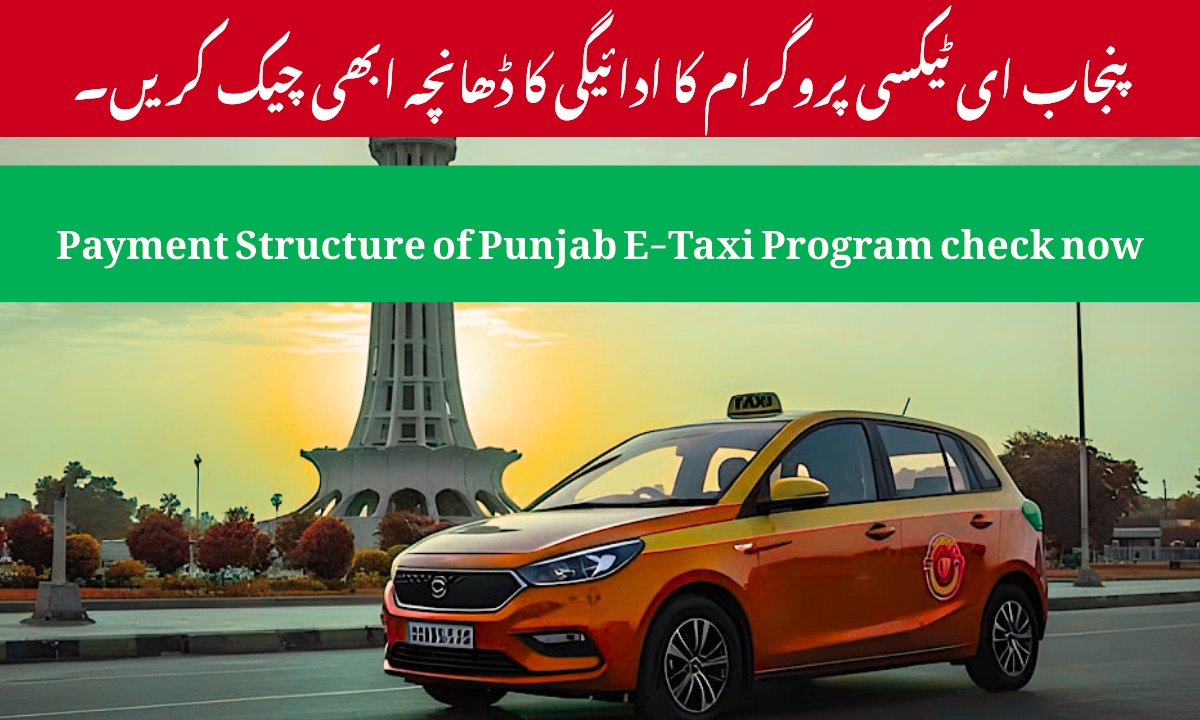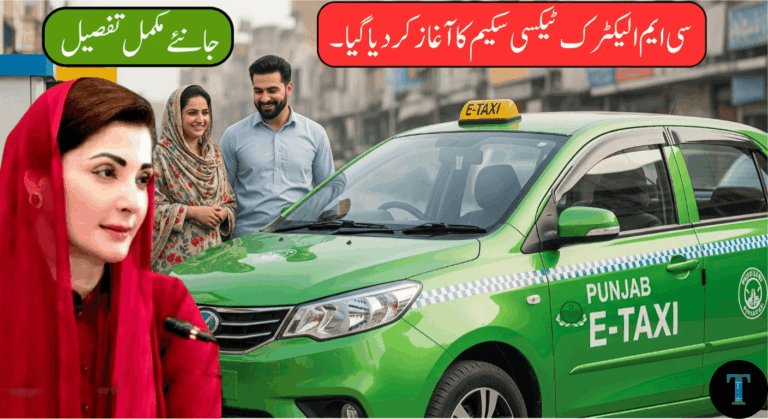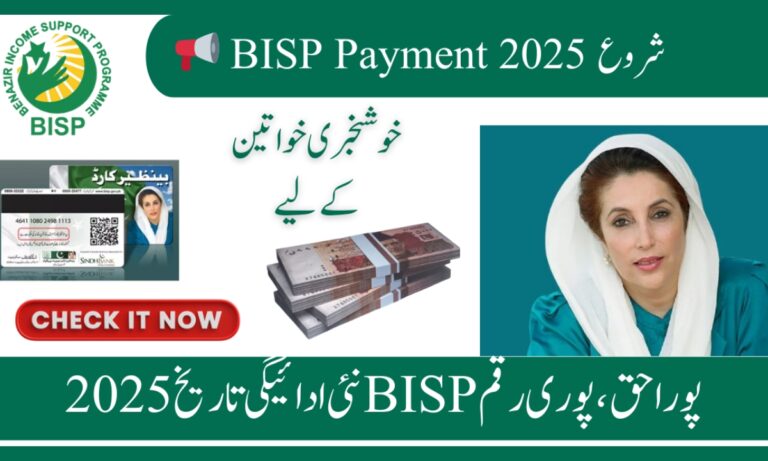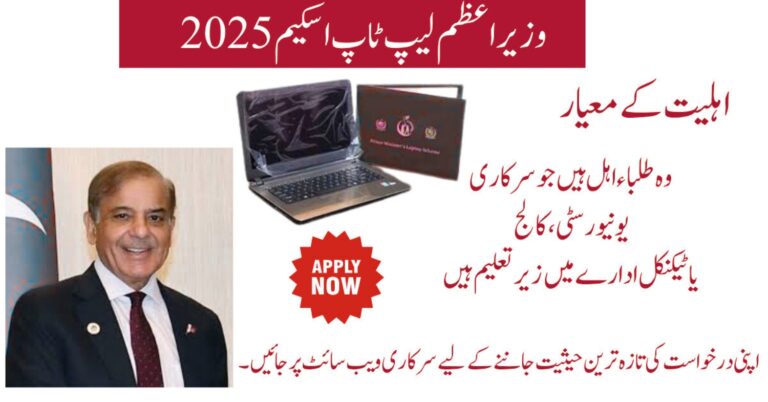The Punjab E-Taxi Program 2025 emerges as Chief Minister Maryam Nawaz Sharif’s flagship initiative to revolutionize transportation while creating sustainable employment opportunities. This groundbreaking scheme addresses Pakistan’s dual challenges of youth unemployment and environmental degradation through innovative financial solutions that make electric vehicle ownership accessible to ordinary citizens.
Understanding the program’s payment structure becomes crucial for potential applicants seeking clarity on financial commitments, government support mechanisms, and long-term sustainability benefits. This comprehensive analysis provides detailed insights into every aspect of the program’s financial framework.
Revolutionary E-Taxi Initiative: Beyond Traditional Transport
The Punjab E-Taxi Program represents more than vehicle financing – it constitutes a complete ecosystem transformation targeting educated youth, unemployed graduates, and marginalized communities. By combining environmental sustainability with economic empowerment, this initiative positions Punjab as a progressive leader in green transportation solutions.
The program specifically addresses market failures where traditional financial institutions hesitate to provide vehicle loans to young entrepreneurs lacking substantial collateral or credit history. Government intervention bridges this gap through subsidized financing structures that prioritize social impact over commercial profit margins.
Comprehensive Financial Structure Analysis
Core Program Components Overview
| Program Element | 2025 Specifications |
|---|---|
| Initiative Name | Punjab Green E-Taxi Employment Program |
| Government Authority | Office of Chief Minister Punjab |
| Primary Beneficiaries | University graduates, skilled youth, unemployed professionals |
| Vehicle Categories | Battery electric vehicles, hybrid electric taxis |
| Initial Payment Requirement | PKR 200,000 – PKR 250,000 (model dependent) |
| Monthly Payment Obligation | PKR 20,000 – PKR 25,000 |
| Government Financial Support | Up to 50% vehicle cost coverage |
| Repayment Timeline | 5–6 years flexible duration |
| Priority Benefits | Enhanced support for women and disabled applicants |
| Application Method | Digital portal with real-time tracking |
Financial Commitment Breakdown
Phase 1: Initial Investment Requirements
The upfront payment structure reflects careful balance between applicant commitment and accessibility. Rather than demanding prohibitive down payments typical of commercial vehicle financing, the program requires manageable initial contributions ranging from PKR 200,000 to PKR 250,000.
This amount varies based on selected vehicle specifications, with basic hybrid models requiring lower initial payments compared to advanced full-electric variants. The government deliberately keeps these amounts within reach of middle-class families while ensuring serious commitment from participants.
Phase 2: Monthly Obligation Framework
Monthly installments operate on a sliding scale between PKR 20,000 and PKR 25,000, calculated to align with realistic daily earning potential from taxi operations. Transportation industry experts estimate that competent drivers can generate PKR 3,000-4,000 daily revenue, making installment payments comfortably manageable while preserving substantial personal income.
The installment calculation incorporates several factors:
- Vehicle depreciation rates
- Government subsidy deductions
- Administrative processing costs
- Insurance and maintenance reserves
Phase 3: Government Subsidy Integration
Punjab government commits between 30% and 50% of total vehicle costs through direct subsidies, representing unprecedented public investment in individual entrepreneurship. For a PKR 2.5 million electric taxi, government contribution reaches PKR 1 million, fundamentally altering the affordability equation.
This subsidy structure operates through:
- Direct cost reduction at purchase point
- Deferred payment mechanisms
- Insurance premium support
- Maintenance cost assistance during initial operational years
Practical Financial Calculation Example
Consider a standard electric taxi valued at PKR 2.5 million:
Government Intervention:
- Vehicle market price: PKR 2,500,000
- Government subsidy (40%): PKR 1,000,000
- Applicant responsibility: PKR 1,500,000
Payment Structure:
- Required down payment: PKR 200,000
- Remaining balance: PKR 1,300,000
- Monthly installment (5 years): PKR 21,667
- Total payments over term: PKR 1,500,000
This calculation demonstrates how government intervention transforms a PKR 2.5 million investment into a PKR 1.5 million commitment, with monthly payments equivalent to 2-3 days of typical taxi earnings.
Enhanced Support for Priority Groups
Women’s Empowerment Initiatives
Female applicants receive additional financial advantages recognizing societal barriers and economic disparities:
- Enhanced Subsidy: Extra PKR 50,000 – PKR 100,000 beyond standard rates
- Reduced Down Payments: Minimum requirements lowered by 15-20%
- Training Support: Comprehensive driving skill development programs
- Safety Equipment: Advanced security systems installed at government expense
- Flexible Schedules: Part-time operation options accommodating family responsibilities
Disability Inclusion Framework
Citizens with disabilities benefit from specialized accommodation measures:
- Accessibility Modifications: Vehicle adaptations for physical limitations
- Financial Relief: Reduced down payment requirements
- Technical Training: Specialized driving instruction programs
- Ongoing Support: Dedicated helpline and maintenance assistance
- Priority Processing: Expedited application review and approval
2025 Application Process Innovation
Digital Portal Transformation
The completely digitized application system eliminates traditional bureaucratic obstacles while ensuring transparency and efficiency:
Registration Phase
- CNIC-based identity verification
- Educational credential upload
- Driving experience documentation
- Income verification through digital channels
Vehicle Selection Phase
- Interactive catalog browsing
- Specification comparison tools
- Test drive appointment scheduling
- Financing option calculations
Documentation Management
- Digital document submission
- Real-time verification status updates
- Automated compliance checking
- Electronic approval notifications
Payment Tracking Integration
- Monthly installment scheduling
- Payment history maintenance
- Automatic reminder systems
- Performance analytics dashboard
Economic Impact Assessment
Individual Beneficiary Outcomes
Program participants experience multiple levels of economic empowerment:
Immediate Benefits:
- Guaranteed monthly income streams
- Asset ownership building equity
- Professional skill development
- Financial literacy improvement
Long-term Advantages:
- Credit history establishment
- Business expansion opportunities
- Community leadership roles
- Intergenerational wealth transfer
Provincial Economic Contributions
The E-Taxi program generates broader economic benefits extending beyond individual participants:
Employment Multiplication:
- Direct driver employment: 10,000+ positions
- Indirect service jobs: Maintenance, insurance, support services
- Technology sector growth: App development, digital payment systems
Environmental Dividends:
- Carbon emission reductions in major cities
- Air quality improvements benefiting public health
- International recognition enhancing investment climate
Financial Sector Innovation:
- Alternative lending model demonstration
- Financial inclusion expansion
- Digital payment ecosystem development
Industry Expert Perspectives
Transportation economist Dr. Ahmed Hassan from Punjab University notes that “the E-Taxi program represents a paradigm shift from traditional subsidy models toward productive asset creation. By combining environmental objectives with employment generation, the government achieves multiple policy goals through single initiative implementation.”
Financial inclusion specialist Fatima Khan emphasizes that “providing vehicle financing to educated youth without traditional collateral requirements addresses a critical market gap. This approach could serve as a template for similar initiatives across Pakistan.”
Program Sustainability and Future Expansion
Current Phase Success Metrics
Government monitoring systems track multiple performance indicators:
- Application processing efficiency
- Payment compliance rates
- Vehicle utilization statistics
- Environmental impact measurements
- Beneficiary satisfaction scores
Planned Enhancement Features
Future program iterations will incorporate:
- Advanced vehicle technology upgrades
- Expanded geographical coverage
- Additional vehicle categories
- Enhanced digital service integration
- International partnership development
Risk Management and Mitigation Strategies
Applicant Risk Factors
- Income variability affecting payment consistency
- Vehicle maintenance cost uncertainties
- Market competition from traditional taxis
- Fuel price fluctuations impacting operational costs
Government Mitigation Measures
- Payment flexibility during economic downturns
- Subsidized maintenance service networks
- Market regulation ensuring fair competition
- Price stabilization mechanisms
Conclusion: Transformative Opportunity Assessment
The Punjab E-Taxi Program 2025 payment structure represents careful balance between accessibility, sustainability, and government fiscal responsibility. With manageable down payments, reasonable monthly obligations, and substantial government subsidies, the program removes traditional barriers preventing youth from accessing entrepreneurial opportunities.
For educated young Pakistanis seeking sustainable income generation while contributing to environmental improvement, this initiative offers unprecedented support. The combination of financial accessibility, government backing, and market demand creates favorable conditions for long-term success.
Potential applicants should act quickly as program capacity remains limited while demand continues growing. The transparent application process and supportive payment structure make this an ideal opportunity for launching independent business ventures with government partnership.
Frequently Asked Questions: Punjab E-Taxi Payment Structure
Q: Which individuals qualify for the E-Taxi program participation?
A: The program targets educated youth, unemployed graduates, and skilled individuals, with special priority given to women and citizens with disabilities.
Q: What amount constitutes the minimum required down payment?
A: Initial payments range from PKR 200,000 to PKR 250,000, varying according to selected vehicle model and specifications.
Q: How much financial assistance does the government provide?
A: Government subsidies cover up to 50% of total vehicle costs, significantly reducing individual financial obligations.
Q: Can monthly installments be managed through digital platforms?
A: Yes, the updated online portal provides comprehensive installment tracking, payment processing, and financial management tools.
Q: What duration applies to the complete repayment schedule?
A: Repayment periods extend 5-6 years, designed to accommodate realistic earning patterns while minimizing financial stress.
Q: Do female drivers receive additional financial incentives?
A: Absolutely. Women benefit from extra subsidies, reduced down payment requirements, priority training programs, and ongoing support services.
Q: Can citizens with disabilities participate in this program?
A: Yes, disabled applicants receive specially reduced down payments, vehicle modifications, priority processing, and dedicated support systems.
Q: Are there opportunities for early payment completion?
A: The program allows early payment completion without penalties, enabling faster asset ownership for financially capable participants.


















